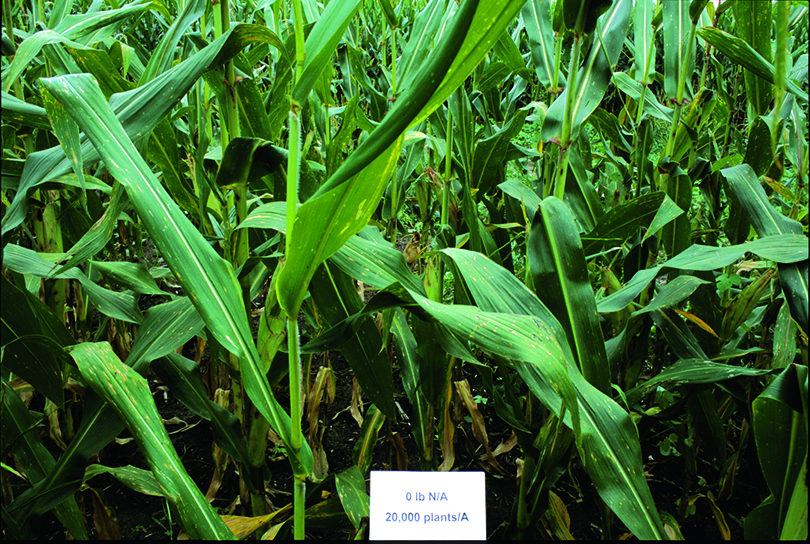No-Till Farmer
Get full access NOW to the most comprehensive, powerful and easy-to-use online resource for no-tillage practices. Just one good idea will pay for your subscription hundreds of times over.

New techniques are proving the importance of corn plant population to soil-based nitrogen management as no-tillers seek to get the most profit out of each acre.
Variable-rate technologies are becoming more popular as no-tillers strive to become more efficient while boosting their corn yields.
However, recent studies point to a longstanding fact: there’s an intricate relationship between overall soil fertility, residue management, plant population and the soil profile.
Knowing how much the soil can produce, and how much nitrogen the soil can supply, can help no-tillers fine-tune their management to get the best yields without applying a surplus of nitrogen. A recent study at the University of Illinois confirms this.
“We fully expected that plant population would have an effect on fertilizer nitrogen requirements,” says Richard Mulvaney, a professor of soil fertility at the University of Illinois. “It takes more food to feed more plants.”
Mulvaney and his colleagues are in the second year of a study looking at the relationship between plant populations and soil-based nitrogen management with the Illinois Soil Nitrogen Test (ISNT).
The ISNT estimates the potential availability of soil nitrogen, but other factors must also be considered, such as planting rates and residue management. This approach is in stark contrast to traditional yield-based nitrogen recommendations, which increase nitrogen rates for higher- yielding areas.
“What matters is the nitrogen coming from the soil,” Mulvaney says. “The soil rather than fertilizer is usually the major source for nitrogen uptake by corn.”
Some of…